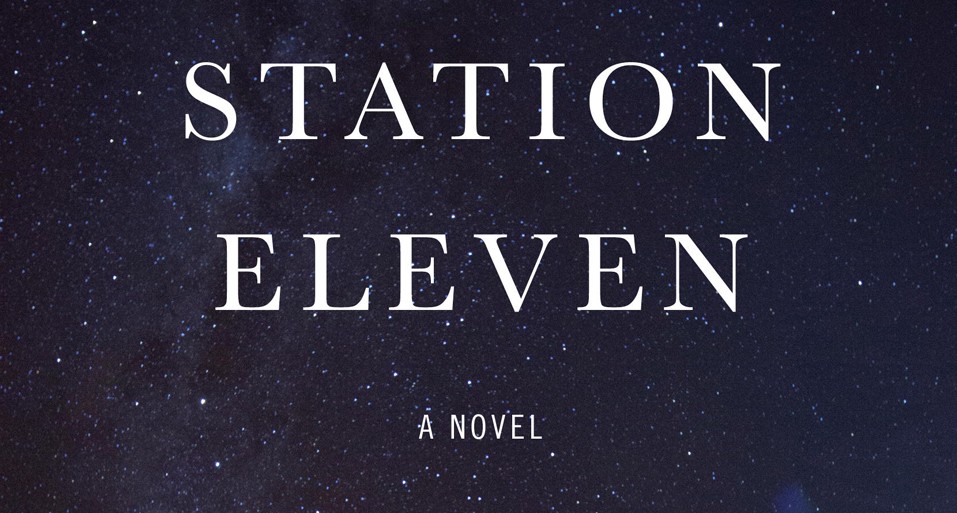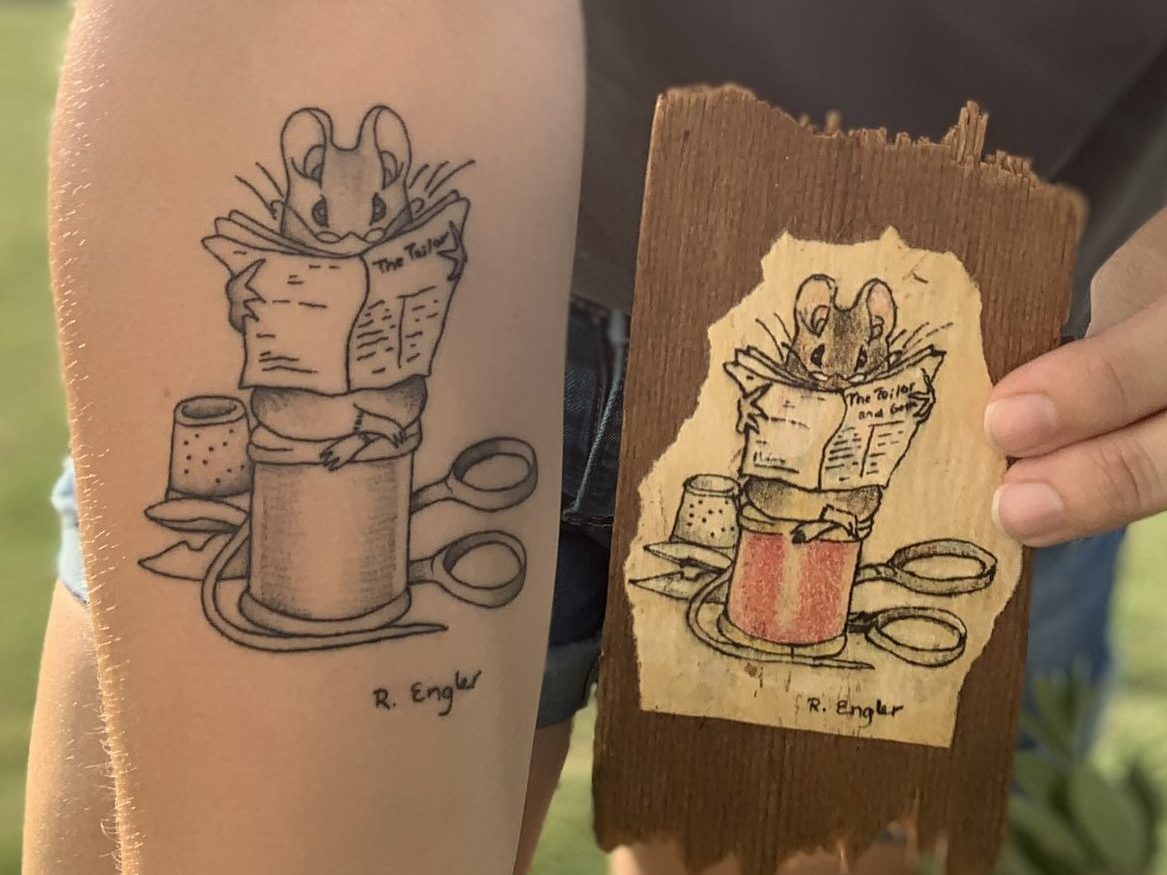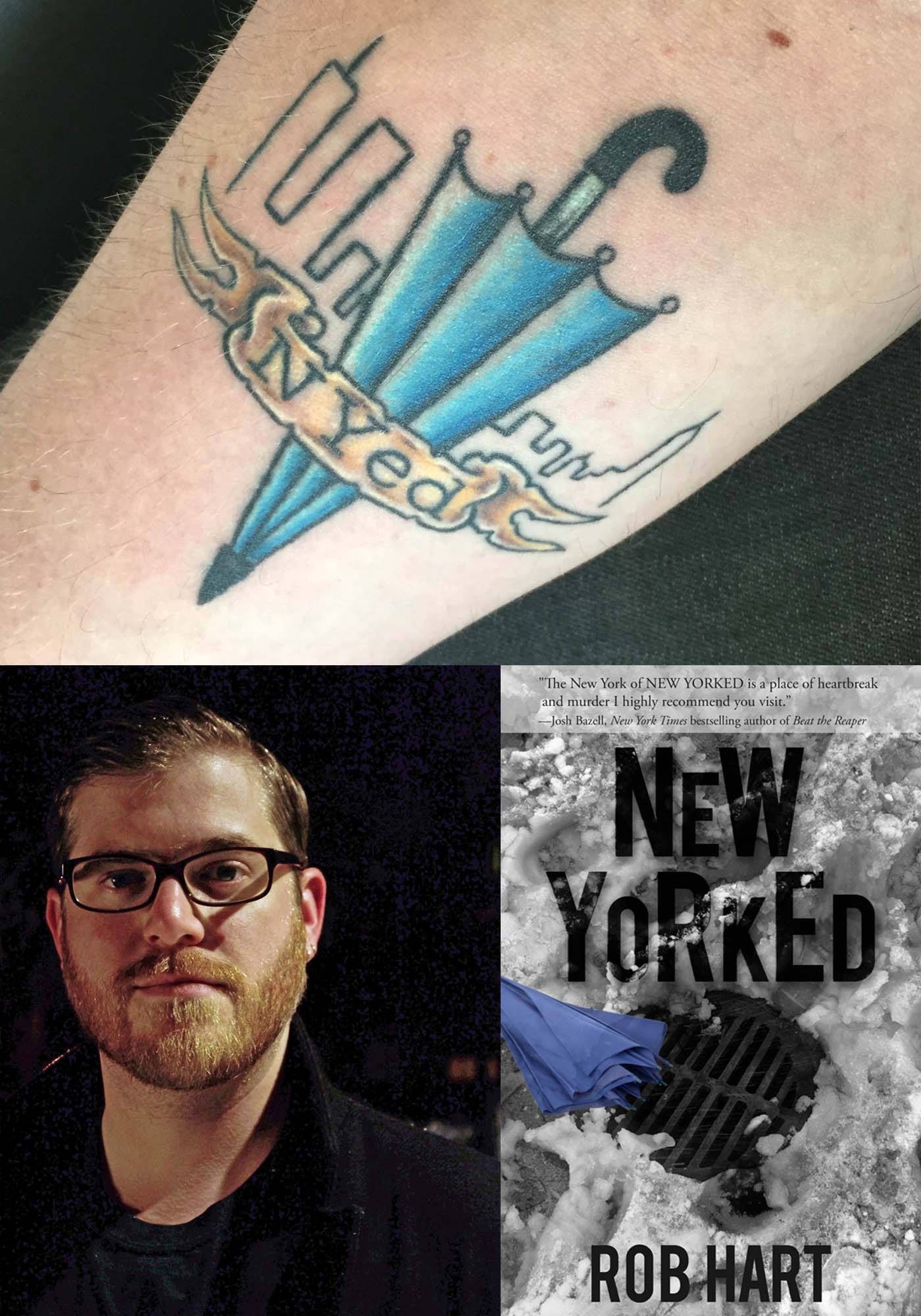interviews
INTERVIEW: Isaac Fitzgerald, Editor of Pen & Ink: Tattoos and the Stories Behind Them
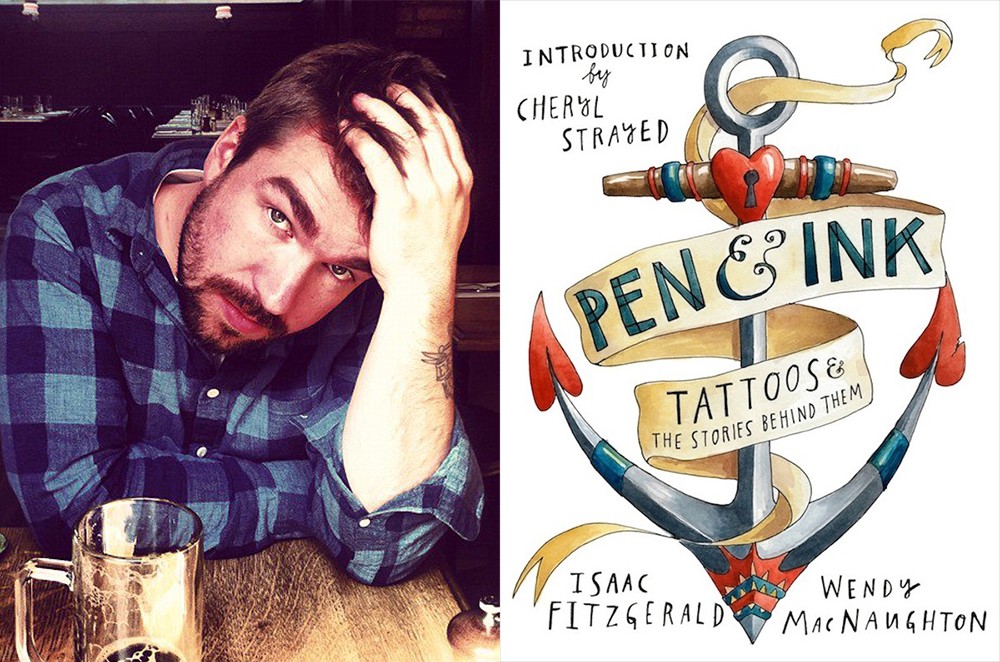
by Michelle King
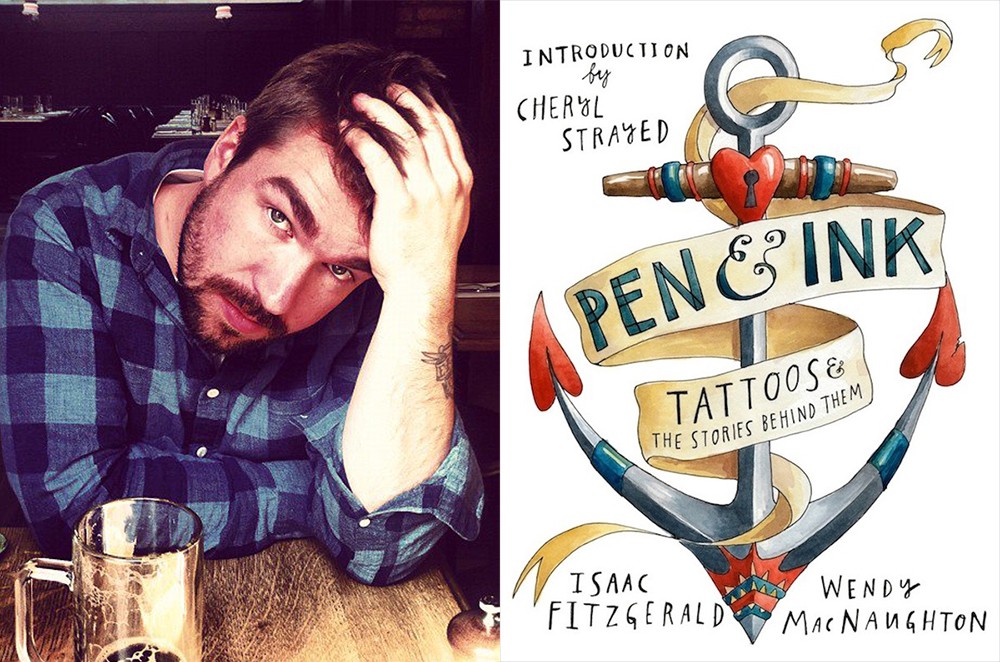
Isaac Fitzgerald, BuzzFeed Books editor, has been enamored with tattoos since he was 14. Back then, Fitzgerald was a boarding school student on the brink of being kicked out or dropping out — whichever came first. It wasn’t until his tattooed school advisor, Nate McBride, made him and his friends a promise that Fitzgerald found the incentive to stay in school. The promise? If Fitzgerald and his friends graduated from the boarding school, McBride would pay for their first tattoo. Fast forward several years later, and McBride kept his promise, paying for a Celtic Tree of Life inside a tribal sun, the first of Fitzgerald’s several tattoos. Fast forward several more years to 2012, when Fitzgerald teamed up with illustrator Wendy McNaughton to start the blog Pen & Ink, a submission-based Tumblr where people reveal their tattoo stories. The idea took off and Bloomsbury published Pen & Ink: Tattoos and the Stories Behind Them this fall.
Pen & Ink grants us access to the private meanings behind the public markings of strangers. It provides a sensation similar to meeting someone in a bar, hearing their secrets, and then never seeing them again. From tributes to late fiancés all the way down to tributes to pizza, Pen & Ink showcases jude how wide the range of tattoo stories can be. There are tattoo stories from familiar names, like Tao Lin and the rapper French Montana, but many of the book’s best moments come from less well-known people — warehouse managers, union organizers, bartenders — sharing their stories.
I met Fitzgerald on the first day of November at a bar in Brooklyn. We spoke over beers and the course of an afternoon about all things tattoos.
Michelle King: The blog started in 2012, but when was the first time you had the idea of people telling their tattoo stories?
Isaac Fitzgerald: I really think it was at Zeitgeist. Zeitgeist was this bar I worked at, and it open from 9 a.m. to 2 a.m. every day of the year, save for one day of the year in January where we would shut it down to clean. It was a big staff, so we weren’t all there from 9 a.m. to 2 a.m., but I was there more than I’d like to admit. While we were passing those hours before the place really got cooking, I would ask people about their stories. It was a way of communicating, and that’s where the first thought came from. That was years and years before I even met Wendy. Another big proponent, and the book is dedicated to her, is Rachel Fershleiser, who works at Tumblr. She was another one. Rachel was smart enough to be like, “That idea should be on Tumblr.” Rachel was the one to be like, “Tumblr will be its home.”
MK: I have four tattoos, one of which is visible, but I still find the question of “Why did you get that tattoo?” to be really intimate and, at times, invasive. It’s a question about a public thing — a thing you choose to make public — but it can still be very private. Do you agree?
IF: I do, and I think you’re getting right to the point of [the book]. One of my favorite things I saw when the book came out is this woman — I wish I could remember her name — but she tweeted about the book and was like, “I love this book, I like these stories, but if you ever ask me about me tattoos in public, I’ll punch you in the fucking throat.” I thought that was great. For me, tattoos are about holding a story and carrying it with you, and at the same time, it can be this idea of “this is my body and I can do with it what I want and you don’t get to ask me about that.” There’s a lot of power in that.
MK: There is. That’s really the backbone of Roxane Gay’s piece, where she speaks about tattoos being a way to take ownership of her body, and her being able to choose something about this body that she didn’t get to choose. That’s one of the more emotional stories in the book.
IF: Absolutely. Roxane is one of my favorites in the book, and I don’t just say that because she’s my friend and I don’t just that because she’s an incredibly talented writer. I’m not going to lie. I feel very fortuitous to have Roxane Gay and Cheryl Strayed involved in this book.
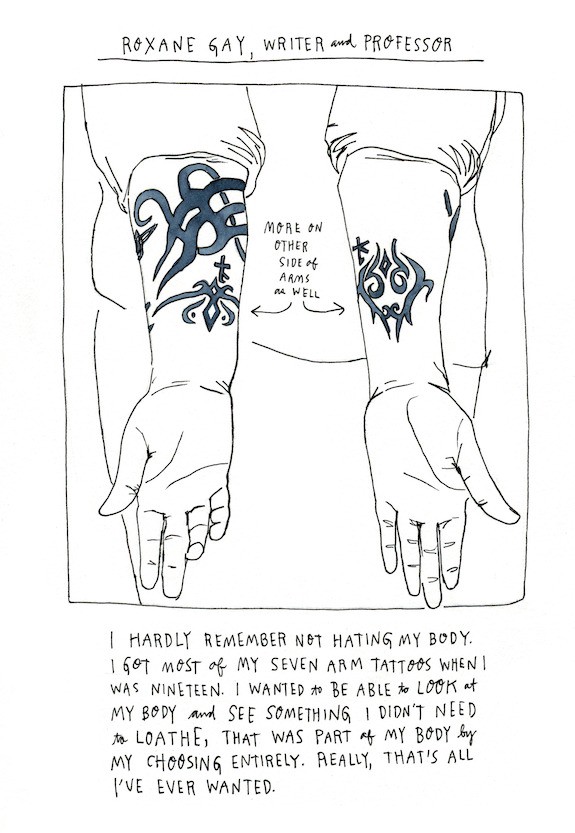
MK: And Lena Dunham submitted to the project, right?
IF: Lena got a galley of the book and wanted to support it. She sent her photos, she sent her story. Of course, it needed almost no editing, because she’s great. She really captured the spirit of the project. To have Lena, to have Cheryl, to have Roxane Gay involved with the project — it has just been mind-blowing.
MK: All of those pieces are so incredible, but one of the things I find really special about the book is that it’s anchored by pieces from “normal people.” How important was it to you that the book include names that people wouldn’t be familiar with or that the book include people who didn’t identify as artists or writers?
IF: Huge. Huge importance. I was asked once why I put their employment and I never actually asked myself that question. I was just like, “Well, it shouldn’t just be their name. Let’s make it their name and what they do.” Looking back on it, what that allowed is to show that people from all different backgrounds get tattoos. CEOs, politicians, business owners — people from all walks of life now have tattoos, which was one of the things I was setting out to prove. It’s not just those of us who work at the biker bar or creative types. All sorts of different people, from all sorts of different backgrounds have tattoos in modern day America.
MK: It’s true. Tattoos used to be this underground thing and now they’re more mainstream —
IF:Very mainstream. 23% of the people in this country.
MK: That’s insane. Why do you think that is?
IF: I think our parents’ generation saw it as this thing that people on the sidelines did. It was not a mainstream thing. It was not a thing you’d go do on a Saturday afternoon. I think they thought that as we got further away from World War II, we’d get deeper into this idea of “honor your body.” And I’ve met those people. I’ve met people who are like, “how could you do that to your body? Your body is a temple. That’s going to be there forever.” But what’s happened in the next generation is that it’s gotten incredibly mainstream. But still, for somebody who is against tattoos, it’s almost inconceivable. They just come to it with so many assumptions. That’s what I love about this book, though. In my perfect world, this book is for somebody who not only has tattoos, but also for somebody without tattoos to try and understand some of the reasons why people decide to mark themselves in this way.
MK: So many books about tattoos are photography books, which is great and it serves its own purpose, but the illustrations really allow this to be a book that focuses on the stories. Is that what you and Wendy wanted? Did you envision it being a “tattoo image book” or more of a collection of anecdotes about why people choose to get tattoos?
IF: We wanted to focus on the storytelling. I grew up with tattoo magazines, and I do hope people understand that I think art photography is incredible and beautiful. I do love it as an art form, but what Wendy brought to the table is something new. That’s why I think Pen & Ink isn’t just another tattoo book, it’s a different kind of tattoo book.
MK: Whose idea was it to take away any of the other tattoos a person might have and only focus in on the tattoo being written about?
IF: Man, that is fucking all Wendy. Literally any question you have for me today, any good idea aside from maybe the initial idea, that is Wendy McNaughton. She’s talented, she’s smart, she’s incredible. She normally draws live, but early on she said to me, “Isaac, you get the stories, you edit the stories. And you take photographs and send them to me.” This is actually a point of much contention for us, because I’ll usually be at a bar getting a story from someone, snap a photo of the tattoo, send it to Wendy, and she’ll be like, “That’s great, Isaac. But, um, I would like to have their hand in the photograph.” But the reason why she decided not to draw live is that she wanted to focus on the tattoo. She wanted the body of the person to be the least thought about thing in the image. The link to the tattoo is the story behind it, not whether the person is smoking hot or not so smoking hot, or their ethnicity, or anything other than the tattoo. It’s just about the tattoo.
MK: We’ve spoken about some of the more heartfelt pieces in the book, but the book isn’t just composed of these more emotional stories. There are also tons of really silly, funny tattoos, like the woman who got pizza party on her toe knuckles, because —
IF: Because she fucking loves pizza.
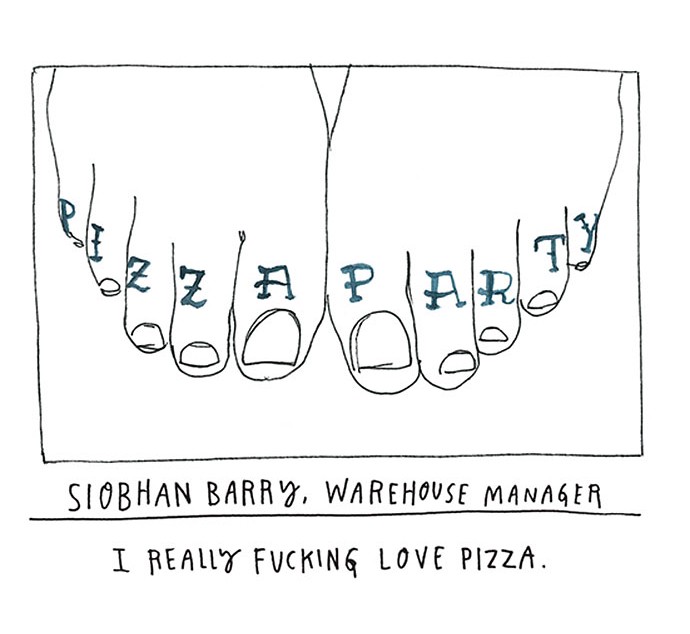
MK: Because she fucking loves pizza. How do you consider those lighter stories to be an integral part of the book?
IF: The whole point [of the project] was that I wanted to show the spectrum. The spectrum of the jobs that people with tattoos have, the spectrum of backgrounds that people with tattoos have, and the spectrum of the reasons why people get tattoos. Speaking personally, I have tattoos on my body that are for dead friends. I have tattoos on my body that I can’t talk about without crying. But I also have tattoos that are dumb and silly and hilarious. And that’s just me. That’s just one person. So, the entire scale of why people get tattoos? It’s huge.
MK: All of Wendy’s drawings are beautiful, but the book isn’t about beautiful tattoos. When you talk about your Celtic tree tattoo, you acknowledge that you think it’s ugly but that you still love it.
IF: That Celtic tattoo? One of the stories that’s not in the book is I was working maintence and my manager looked at it and said, “Oh. That looks like Spider-Man getting his Spidey-sense.” And he was right. So, just like that, it went from being this tattoo that meant so much to me and represented so many of my beliefs to being Spider-Man getting his Spidey-sense on my right shoulder.
MK: Some tattoos do force you to have a sense of humor. Either you could hate that one part of your body, or work to get it removed, or work to hide it or you can be like, “I’m going to own this.”
IF: Yes, exactly. And when it comes to cover-ups, I think they’re great and I applaud people who choose to do them and there are so many reasons to cover-up a tattoo that you’ve gotten. If people do choose to get their tattoos removed or cover them up, that’s part of their tattoo story. But I don’t cover any up. I had a very dramatic tattoo artist say something to me once but I don’t think he was wrong. He said, “If that tattoo could live and breathe, it’d scream out for it’s life. It’d say, ‘Don’t you remember our good times? Don’t you remember why we were friends’ and it’d be like you were drowning it.” I agree with his philosophy.
MK: There’s going to be called a Pen & Ink sequel, right?
IF: Yes! It’s going to be called Knives & Ink. It’s about the tattoos of chefs. I feel really excited about it.
MK: Why chefs?
IF: It’s a few different reasons. One, I’ve worked in kitchens before. It’s such a tattooed culture. Two, it runs the gamut. You have gritty line cooks that are covered in tattoos, all the way up to the stars. I love that democracy of tattoos. And then, three, I just think there will be a lot of great stories. There will be stories of debauchery, but I also think there will be a lot of heartfelt stories, just as there are in Pen & Ink. Coming from an editing background, I really do think that that the more specific you get, sometimes the more surprised you’ll be by the story.





